Copywriting is an essential skill for social media marketing.
If you want to generate more engagement, clicks, and traffic on your social media profiles, you need to know how to write effective copy.
Here’s the problem…
Most businesses and entrepreneurs don’t know how to write effective copy. Plain and simple.
Ahead I’m going to talk about some of the best copywriting tips for social media I’ve learned over the years to save you tons of time.
What is social media copywriting?
Social media copywriting is the process of creating content for social media platforms. This includes writing posts, headlines, descriptions, and call-to-actions (CTAs). The goal of social media copywriting is to generate engagement, clicks, and traffic from social media users.
Copywriting for social media requires a different approach than other types of copywriting. Social media users are often scrolling through their feeds quickly and skim over the content. This means that your copy needs to be attention-grabbing and easy to read. You also need to consider the character limits on each platform when you’re writing your copy.
Why is copywriting important for social media marketing?
Copywriting is important for social media marketing because it can help you achieve your marketing goals.
If your goal is to generate leads, then you need to write copy that will persuade users to click on your links and sign up for your offers. If your goal is to increase brand awareness, then you need to write copy that will make users want to learn more about your products/services and talk about them.
Seeing as social platforms have billions of monthly active users, it’s a skill you can’t afford not to learn.
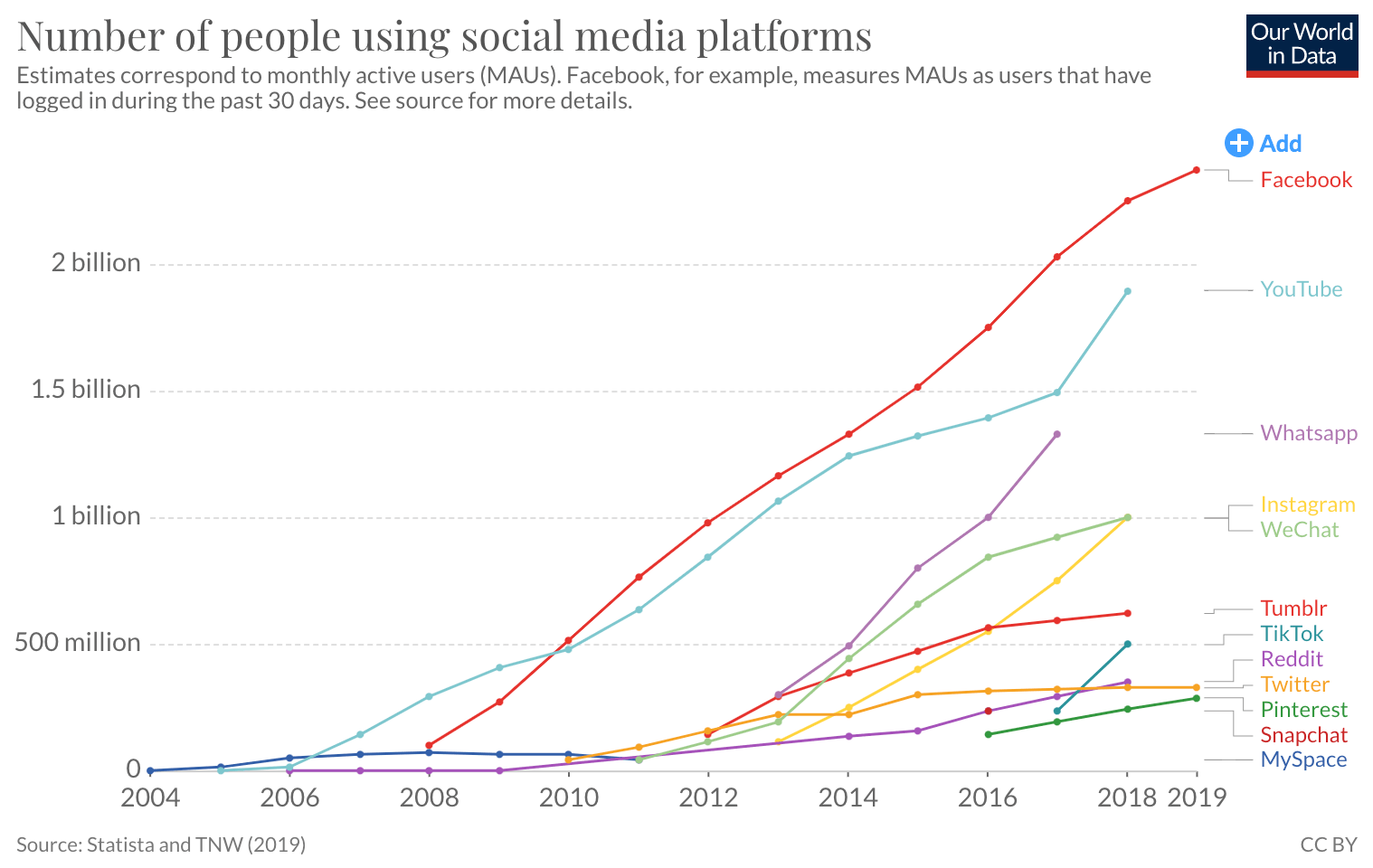
In order for social media copywriting to be effective, it needs to be strategic. You should start by identifying your target audience and understanding what they want. Once you know this, you can create content that resonates with them and compels them to take action.
Keep in mind that social media copywriting is not a one-time thing. You should continuously test and experiment with different copywriting strategies to see what works best for your business. And don’t forget to keep your brand voice in mind when you’re writing your copy. This will help ensure that your content is consistent and recognizable to your audience.
How do I become a social media copywriter?
If you’re looking to pursue a new career, being a social media copywriter is great. It’s a fun and fast-paced job that pays well. Who doesn’t want that?

The first step to becoming a social media copywriter is to understand the basics of copywriting. You should also be familiar with different copywriting strategies and how to use them specifically on social media.
Once you have a solid understanding of the basics, you can start practicing your skills. A great way to do this is by creating social media accounts for personal brands or businesses. This will give you a chance to experiment with different types of content and see what works best for each platform.
If you want to take your career as a social media copywriter to the next level, consider getting certified. You can enroll in my copywriting courses to get a certification and level up your writing skills quickly.
That brings me to my next point.
Social media copywriting strategies
Next, let’s get into the meat and potatoes of this article: copywriting strategies for social media.
1. Use strong calls to action
One of the most important aspects of social media copywriting is using strong calls to action (CTAs). A CTA is a statement or question that encourages users to take a specific action. This could be clicking on a link, signing up for a newsletter, or downloading a guide.
Your CTAs should be clear and direct. They should also be relevant to the content you’re sharing. Data has found that personalized CTAs convert 42% more visitors into leads. For example, if you’re sharing an article about email marketing, your CTA could be something like, “Click here to learn more about growing your email list.”

Make sure you’re using different types of CTAs throughout your content too. This will help ensure that you’re reaching all kinds of users with different needs. And, don’t forget to test different CTAs to see what works best for your audience.
2. Ask relevant questions to generate engagement
Another social media copywriting tip is to ask relevant questions. This is a great way to generate engagement and get users thinking about your content.
When you’re asking questions, make sure they’re open-ended. This will encourage users to leave a comment or start a discussion. You can also use questions as CTAs. For example, you could end an article with a question like “What are your thoughts on social media marketing?”
Here’s a Tweet from Neil Patel using this strategy, for example. He asked a question that provoked responses and led to his content.

Asking questions is a simple yet effective way to get more engagement on your social media posts. And, the social media algorithms love engagement!
3. Bring out emotion in followers
Copywriting is all about emotions and psychology. People’s feelings. Social media copywriting is no different.
If you want people to take action, you need to make them feel something. This could be happiness, sadness, anger, fear, or anything in between. The important thing is that your content evokes some kind of emotion in the reader.
It’s been proven that customers who have an emotional relationship with a brand have a 306% higher lifetime value.
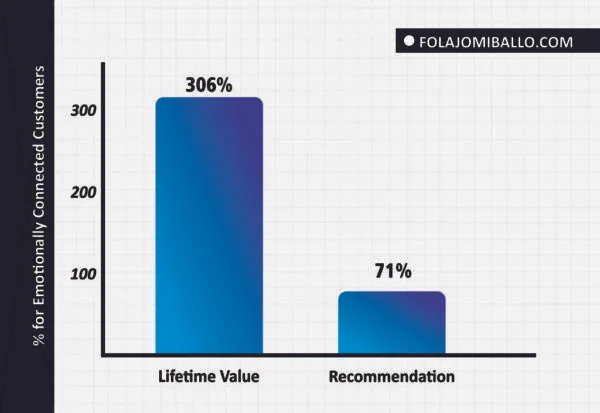
One way to do this is by using stories. Stories are a great way to connect with your audience and get them emotionally invested in your content. When you’re sharing a story on social media, make sure it’s relevant to your brand and what you’re trying to achieve.
You can also use images and videos to evoke emotions in your followers. A powerful image or video can be worth a thousand words (or more!). And they’re usually more likely to generate comments, likes, and shares.
4. Mix in hashtags to increase your reach
Social media marketing and hashtags go hand in hand. After all, you can have wicked content or copy, but if no one sees it, it doesn’t matter. That’s where hashtags come in.
Hashtags are a great way to increase the reach of your social media posts. They help you connect with new audiences and get your content in front of more people. But, it’s important to use them wisely.
I like using this AI hashtag generator tool. Just type in a keyword and click the “Generate Hashtags” button.
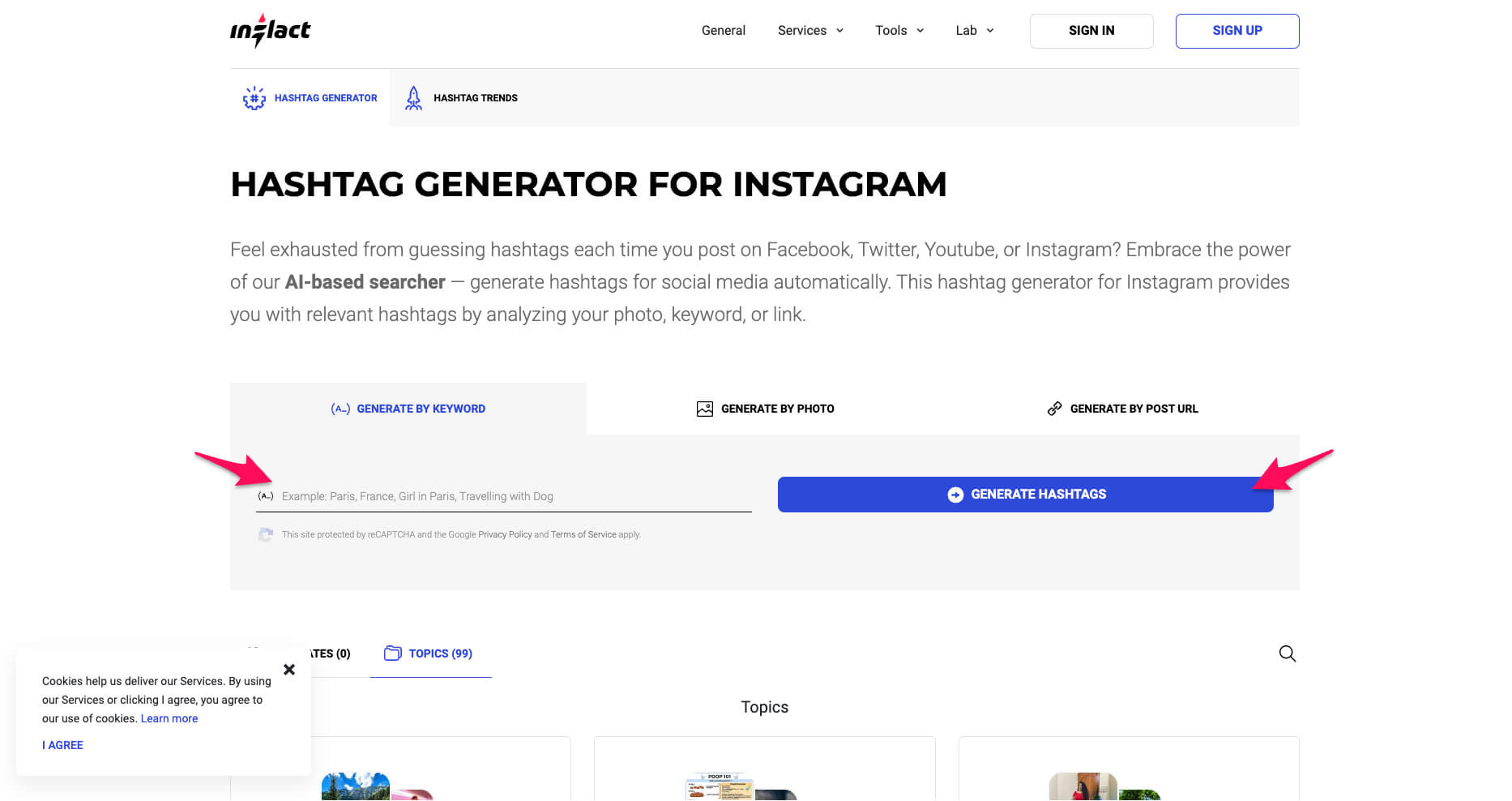
Click hashtags you’d like to use, and they will be moved to the right box. Click the “Copy” button when you need to paste them on a post or save them in another location.
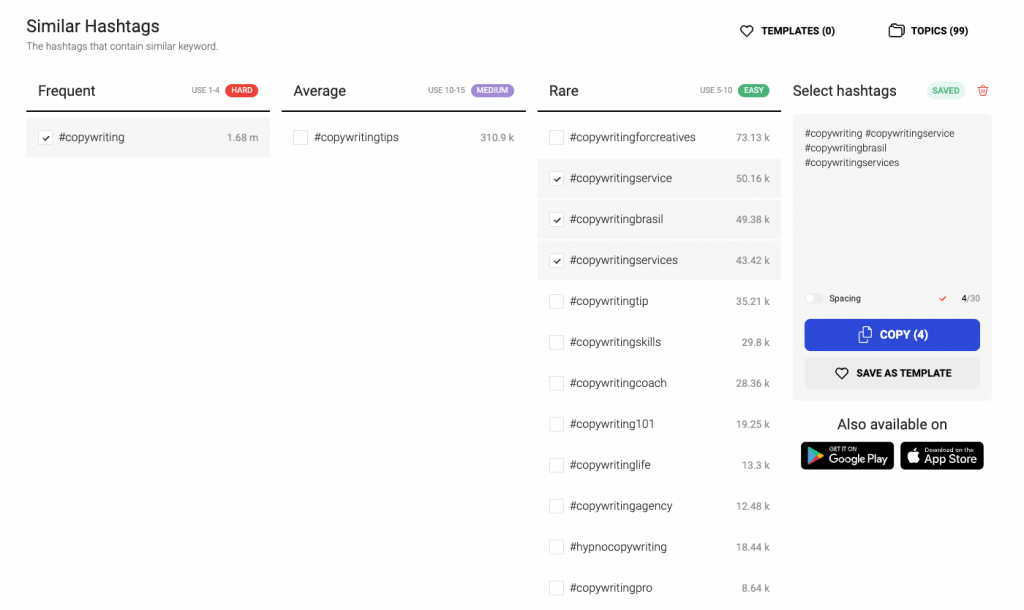
Don’t just stuff your content full of random hashtags. This will make your post look spammy and turn people off from engaging with your brand. Instead, take the time to research popular and relevant hashtags for each social media platform. You can also create branded hashtags to help promote specific campaigns or initiatives.
And, when in doubt, keep it simple! A few well-chosen hashtags are better than a bunch of irrelevant ones.
5. Write in a conversational tone
What do people use social media for? To be social! So, don’t talk like a textbook…
Or a robot.
Talk like a human being! Write in a conversational tone that’s appropriate for each social media platform. This will help you connect with your audience and make your content more engaging.
Here’s a Tweet from Alex Hormozi to get my point across.

Of course, this doesn’t mean that you should start using slang or profanity in your posts. But, it does mean writing like you would speak to someone in real life. Be friendly, helpful, and personable.
6. Test short form and long form copy
Test, test, test. That’s the name of the game with copywriting and marketing. You never know what works best until you publish different versions of copy and let the data speak for itself.
When it comes to social media copywriting, you should test both short-form and long-form content. Short form content is great for quickly grabbing attention and driving engagement. It’s also perfect for platforms with shorter attention spans, like Twitter.
Long-form content performs well on social media too. In-depth articles or blog posts can be shared on social media and drive traffic back to your website. These types of posts usually generate more comments and shares than shorter posts. And, they can help position you as an authority in your industry.
When it comes down to the content you’re sharing, like a blog post or whitepaper, long-form content has been proven to acquire more shares and links. So, keep that in mind.
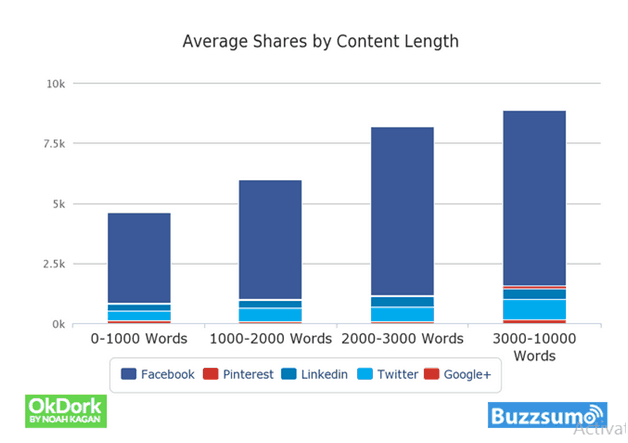
7. Keep a consistent brand image
You need to be on all social networks. I’m talking Facebook, LinkedIn, Twitter, you name it. But, across all of these platforms, you need to be consistent.
Consistency is key when it comes to social media marketing. This means having a consistent brand image and voice across all platforms. That way, your audience will quickly recognize your content no matter where they see it.
Want to know something cool, as well? Brand consistency can increase revenue by 33%! Yeah, seriously.
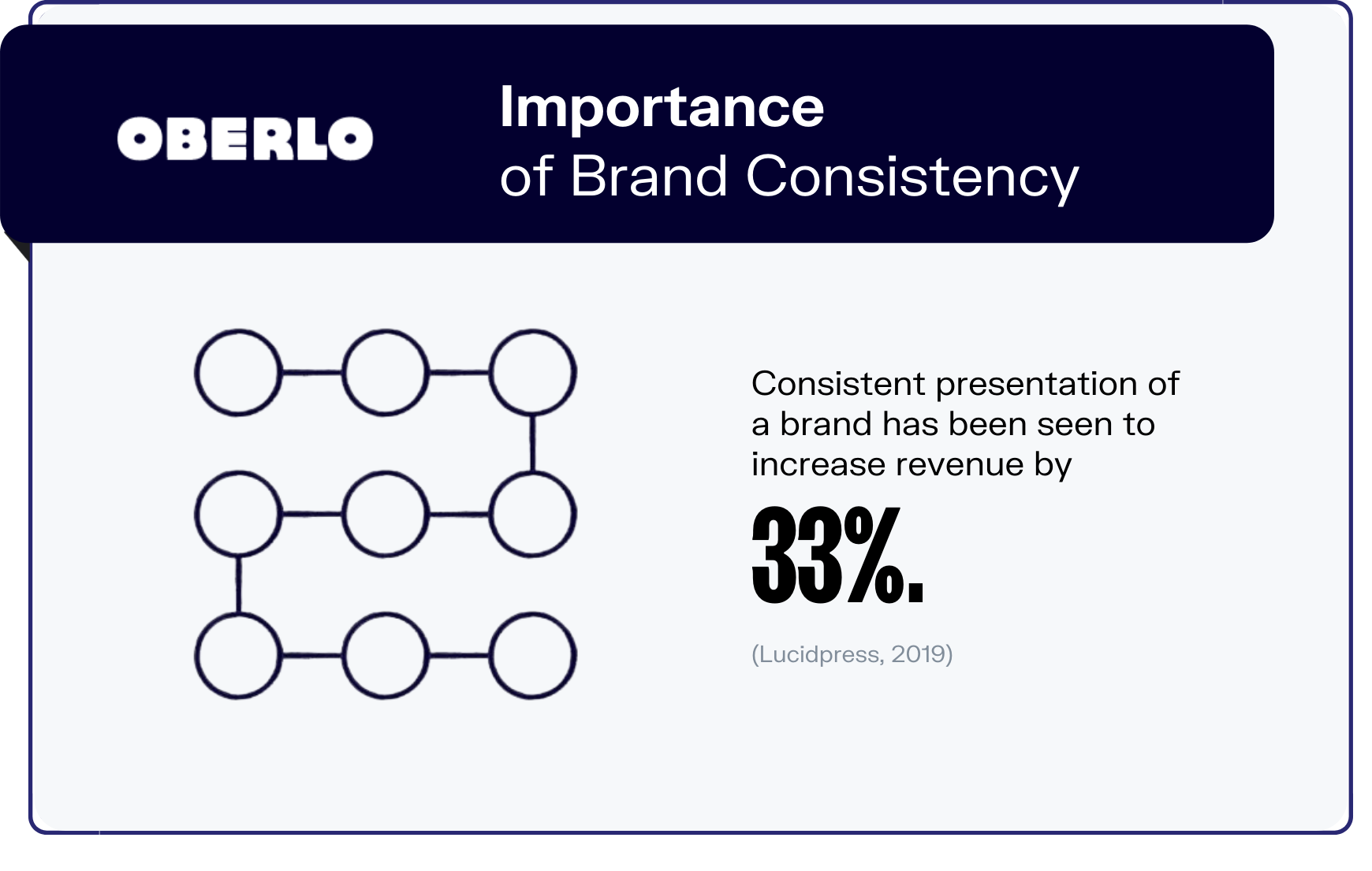
To maintain a consistent brand image, make sure your profile pictures and cover photos are the same on each social network. You should also use similar language and tone in your posts. If you have multiple people managing your social media accounts, make sure they’re aware of your branding guidelines.
By being consistent with your brand image, you’ll make it easier for people to connect with you online. And, you’ll build trust with potential customers which could lead to more sales down the line!
8. Post quality and post often
Last but not least, frequency. You, of course, need to post valuable content that improves the lives of your followers. But, how often you post is extremely important too.
Not posting enough will make you seem like you’re not very active on social media. This could hurt your chances of building a following or connecting with potential customers.
Data has discovered that engagement decreases after the third Tweet in a single day on Twitter for example.

You can apply this to all social platforms, though. Posting a few times per day is more than enough to make a significant difference in your business.
So, how do you find the perfect balance?
This will vary depending on each social media platform and your specific industry. But, as a general rule of thumb, aim to post quality content several times a week. You can also use tools like Hootsuite Insights to help you figure out the best times to post on each social network.
The bottom line on social media copywriting
Social media is essential for every business and entrepreneur. It’s an incredible tool for driving traffic, leads, and sales. However, you can use it incorrectly, and one of the biggest mistakes comes down to the sales copy you write.
Here’s a summary of the social media copywriting strategies I covered in this article:
- Use strong calls to action.
- Ask questions to create engagement.
- Create emotion in your posts.
- Add hashtags to increase your reach.
- Write in a conversational manner.
- Test different lengths of posts.
- Keep a consistent brand image.
- Post frequently.
Want to learn more about copywriting and get mentorship? Enroll in one of my courses.














